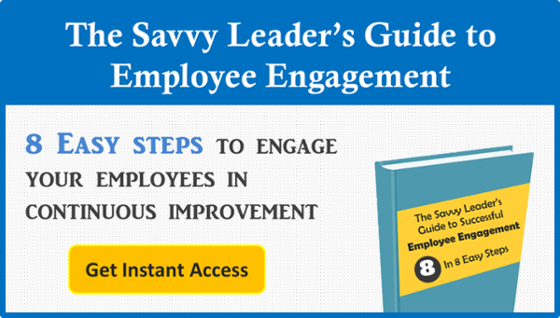 In late 2012, a young man named Jai Jaing walked into a Krispy Kreme Doughnut shop in Austin, TX. He was practicing something known as “rejection therapy,” the goal was to overcome fear of rejection by intentionally making outlandish requests for many days in a row to become desensitized to the inevitable rejection. The day before he had successfully been rejected when he asked for a free “burger refill” at Five Guys. At Krispy Kreme, he asked for five doughnuts linked together like Olympic rings. Jai Jaing did not meet rejection. Instead, he met an engaged employee.
In late 2012, a young man named Jai Jaing walked into a Krispy Kreme Doughnut shop in Austin, TX. He was practicing something known as “rejection therapy,” the goal was to overcome fear of rejection by intentionally making outlandish requests for many days in a row to become desensitized to the inevitable rejection. The day before he had successfully been rejected when he asked for a free “burger refill” at Five Guys. At Krispy Kreme, he asked for five doughnuts linked together like Olympic rings. Jai Jaing did not meet rejection. Instead, he met an engaged employee.
If you want to see what employee engagement looks like, watch this:
Krispy Kreme employee Jackie simply wouldn’t give up on figuring out how to meet Jai’s request. You can actually see the gears of her brain works as she considers her somewhat limited options and resources. There was never a second of doubt that she was fully invested in satisfying the customer. Somehow, she developed an emotional connection to the problem and simply would not give up. Jackie’s picture should be in the dictionary right next to the word “Engagement.”
Discretionary Effort
Almost certainly, Jackie would have faced no repercussions if she had politely denied the odd request. After all, interlocked doughnuts are not on the menu and pastry creativity is probably not a job requirement. Jackie chose to help Jai because she wanted to, not because she had to. That’s a perfect example of discretionary effort. Imagine if every employee applied their problem solving skills, energy and effort to every problem faced by your company and your customers.
Employee Engagement Yields Measurable Results
It’s not surprising then that engaged employees result in better business results. According to researcher, Towers Perrin research companies with engaged workers have 6% higher net profit margins, and additional research reveals that engaged companies have five times higher shareholder returns over five years. Engaged employees are more productive and offer better service, leading to higher customer satisfaction, more repeat business, and higher profit margins.
More Jackies
So what does it take to get the kind of employee engagement we saw from Jackie? Understanding the organization’s values and goals and the individual’s opportunity to contribute to success along with the tools, time and resources necessary to do what’s needed are key drivers of employee engagement.
In fact, Dwayne Chambers, Chief Marketing Officer for Krispy Kreme explained it perfectly after seeing Jackie’s video, “While it may sound a hokey, the mission of our company is about touching and enhancing people’s lives. If we extend that message all the way down to the individual managers and team members, those decisions of what to do become a lot easier.” In addition to providing a clear mission, Krispy Kreme also intentionally provides the tools and training so that employees have the extra time required to “be nice to people.”
In this case Krispy Kreme cooked up more than doughnuts. They cooked up a recipe for employee engagement. Nice work and bravo Jackie!
Want to learn more about employee engagement? Download our free eBook!



Add a Comment